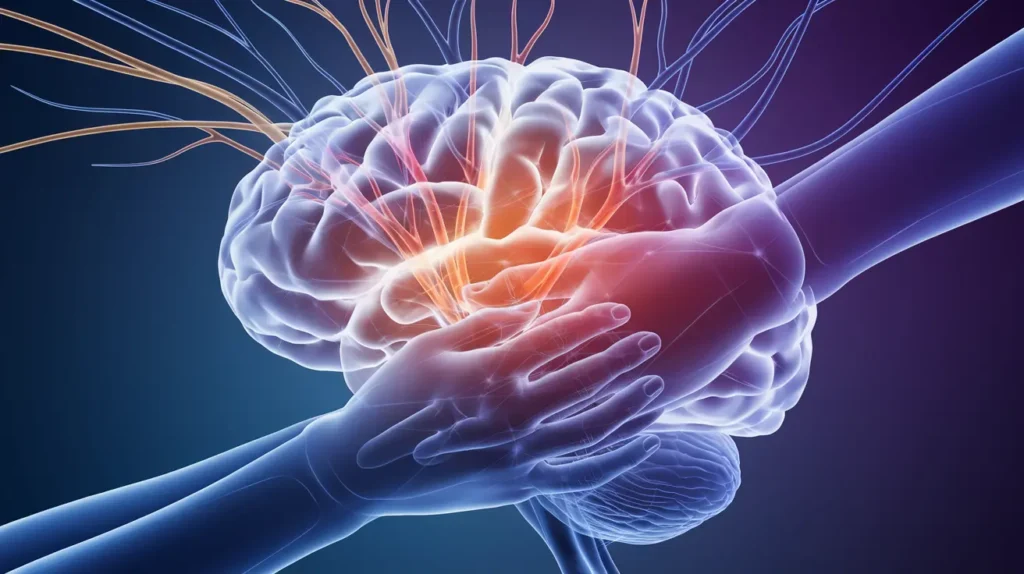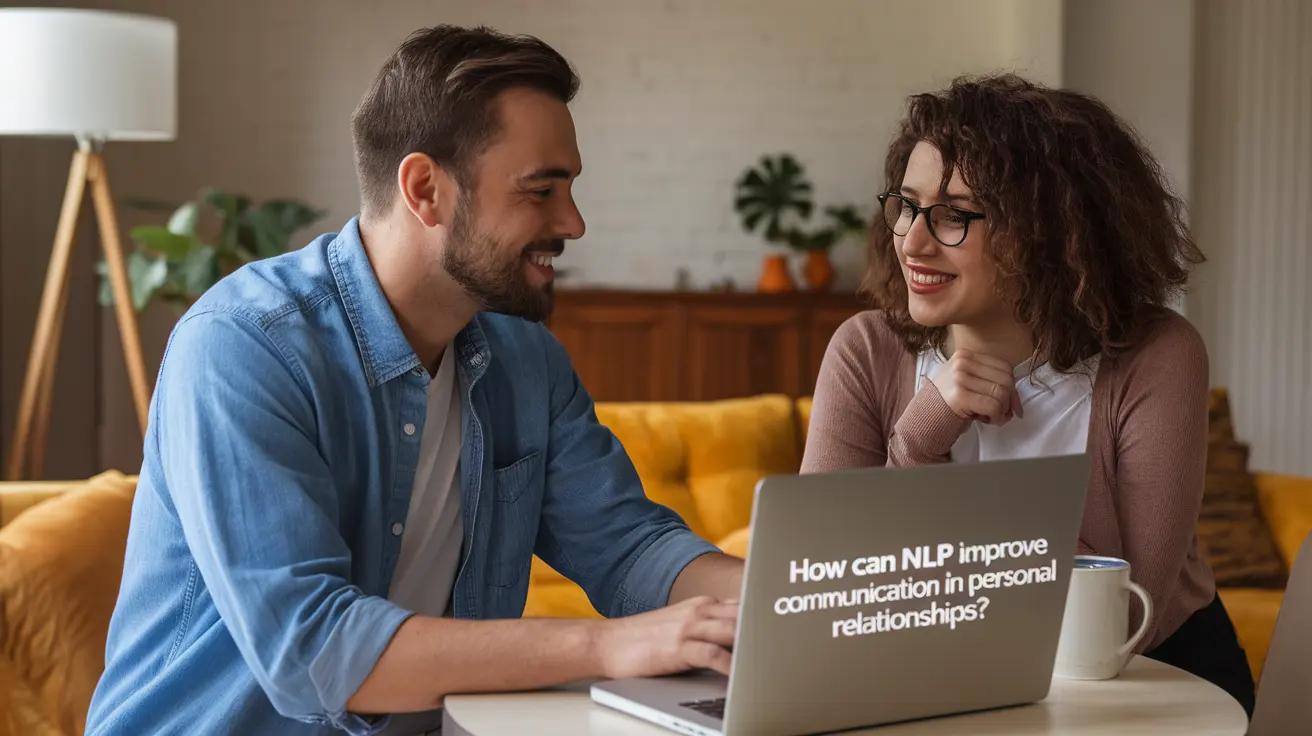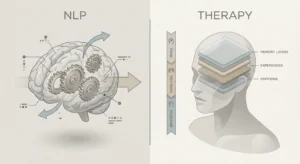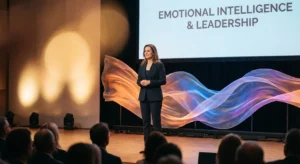NLP improves communication in personal relationships by enhancing emotional awareness, empathy, and clarity. Through techniques like mirroring, reframing, and anchoring, it helps partners understand each other better, express emotions more effectively, and resolve conflicts with compassion instead of defensiveness.
Effective communication is the foundation of every healthy relationship, but it’s not just about what we say, it’s how we say it and what we mean beneath the words. That’s where Neuro-Linguistic Programming (NLP) comes in. NLP offers simple yet powerful techniques to help people understand themselves and their partners better, reduce misunderstandings, and build deeper emotional connections.
In personal relationships, most conflicts arise from misinterpreting intentions or reacting to old emotional patterns. NLP helps break those patterns by improving emotional awareness, empathy, and clarity. Whether it’s resolving conflicts, expressing affection more authentically, or listening without judgment, NLP makes communication more conscious and compassionate.
Let’s explore how NLP techniques can strengthen your connection with your loved ones and turn daily interactions into opportunities for understanding rather than frustration.
Key Takeaways
- NLP improves personal relationships by enhancing empathy, clarity, and emotional intelligence.
- Techniques like mirroring, reframing, and anchoring make conversations more mindful and less reactive.
- Understanding your partner’s sensory language builds a deeper connection and trust.
- NLP turns communication into a tool for healing, not just expressing.
Understanding NLP and Its Role in Relationships

NLP (Neuro-Linguistic Programming) explores the connection between the brain (neuro), language (linguistic), and behavioral patterns (programming). In relationships, it teaches you to notice how people communicate, not just what they say.
By applying NLP tools, couples can:
- Decode emotional cues more accurately
- Replace reactive behaviors with mindful responses
- Express needs and boundaries without blame
- Strengthen trust through genuine understanding
Essentially, NLP turns everyday conversations into conscious exchanges that build connection rather than conflict.
1. Mirroring and Matching: Building Emotional Rapport
Mirroring is one of the most practical NLP tools for improving relationship dynamics. It involves subtly reflecting your partner’s body language, tone, and energy level to create subconscious alignment.
Why it helps: When done authentically, mirroring makes your partner feel seen and understood. It signals empathy and emotional attunement, helping to dissolve defensiveness and foster openness.
Example: If your partner is speaking softly and slowly about a difficult topic, you naturally match their tone and pace. This shows respect for their emotional state and helps them feel safe sharing.
2. Sensory Language: Speaking Their Inner “Love Language”
NLP recognizes that people communicate through three main sensory channels visual (seeing), auditory (hearing), and kinesthetic (feeling). Understanding your partner’s dominant mode can make your words more impactful.
Why it helps: When you “speak their language,” your partner feels more connected. For example:
- Visual types respond to “I see what you mean.”
- Auditory types like “That sounds wonderful.”
- Kinesthetic types connect with “I feel close to you.”
Exercise: Notice the sensory words your partner often uses, and mirror them naturally in your responses.
3. Reframing: Turning Arguments into Opportunities
Reframing means shifting your perspective to see a situation differently. Instead of labeling your partner’s behavior as “annoying” or “uncaring,” you reframe it as an expression of their stress or unmet need.
Why it helps: Reframing reduces blame and encourages compassion. It allows both partners to focus on understanding rather than judging, turning potential arguments into moments of growth.
Example: Instead of “You never listen,” try “I think we both get caught up sometimes, can we slow down and talk this through?”
4. Anchoring Positive Emotions

Anchoring helps you associate positive emotions with physical cues such as touch, tone, or phrases that you can use in moments of tension.
Why it helps: Anchoring creates emotional safety. When you anchor warmth or calmness to a shared gesture, such as holding hands or a gentle phrase like “we’re okay,” it helps both partners regulate emotions during conflict.
Example: You might squeeze your partner’s hand whenever you want to reconnect after a disagreement. Over time, that gesture becomes a powerful emotional reset.
5. Meta-Model Questioning: Listening Beyond Words
The Meta-Model in NLP is a questioning technique that helps clarify vague or emotionally charged language. Instead of reacting to what’s said, you gently ask questions to understand the deeper meaning behind it.
Why it helps: It prevents misunderstandings by encouraging clarity and empathy. It shows your partner that you care about what they really mean.
Example: If your partner says, “You don’t care about me,” you might ask, “Can you tell me what made you feel that way today?” This invites dialogue instead of defensiveness.
How NLP Transforms Communication
| NLP Technique | Problem It Solves | Relationship Benefit |
| Mirroring & Matching | Emotional disconnection | Builds trust and empathy |
| Sensory Language | Miscommunication | Enhances emotional intimacy |
| Reframing | Blame and judgment | Encourages compassion |
| Anchoring | Emotional reactivity | Promotes calm and safety |
| Meta-Model Questions | Misunderstandings | Deepens understanding |
Why NLP Works So Well for Relationships
Unlike typical communication tips that focus only on “what to say,” NLP focuses on how we think, feel, and respond. It helps partners become emotionally intelligent communicators who listen with presence, speak with clarity, and connect with intent.
When you integrate NLP into your daily interactions, you begin to notice patterns in your tone, reactions, and assumptions, and you gain the power to change them. Over time, this leads to more respectful, supportive, and emotionally fulfilling relationships.
Final Thoughts
At its heart, NLP is about conscious connection learning to listen, understand, and respond from awareness rather than reaction. Relationships thrive when both partners feel heard, respected, and emotionally safe, and NLP gives you the tools to make that possible.
When you apply these techniques consistently, communication stops being a battle for being right and becomes a bridge to being closer. With practice, NLP doesn’t just improve how you talk, it reshapes how you love.
FAQs
Q1: Can NLP help with relationship conflicts?
Yes. NLP helps you identify emotional triggers and reframe situations, making it easier to communicate without escalating tension.
Q2: How long does it take to see results from NLP in relationships?
Many people notice improvements within weeks, especially when they practice techniques like mirroring and reframing consistently.
Q3: Is NLP similar to couples therapy?
NLP is not therapy but a set of communication and mindset tools that complement relationship coaching or counseling.





